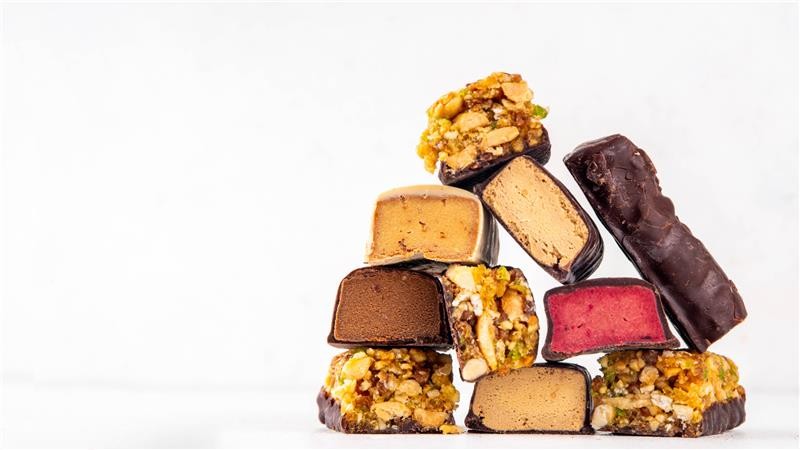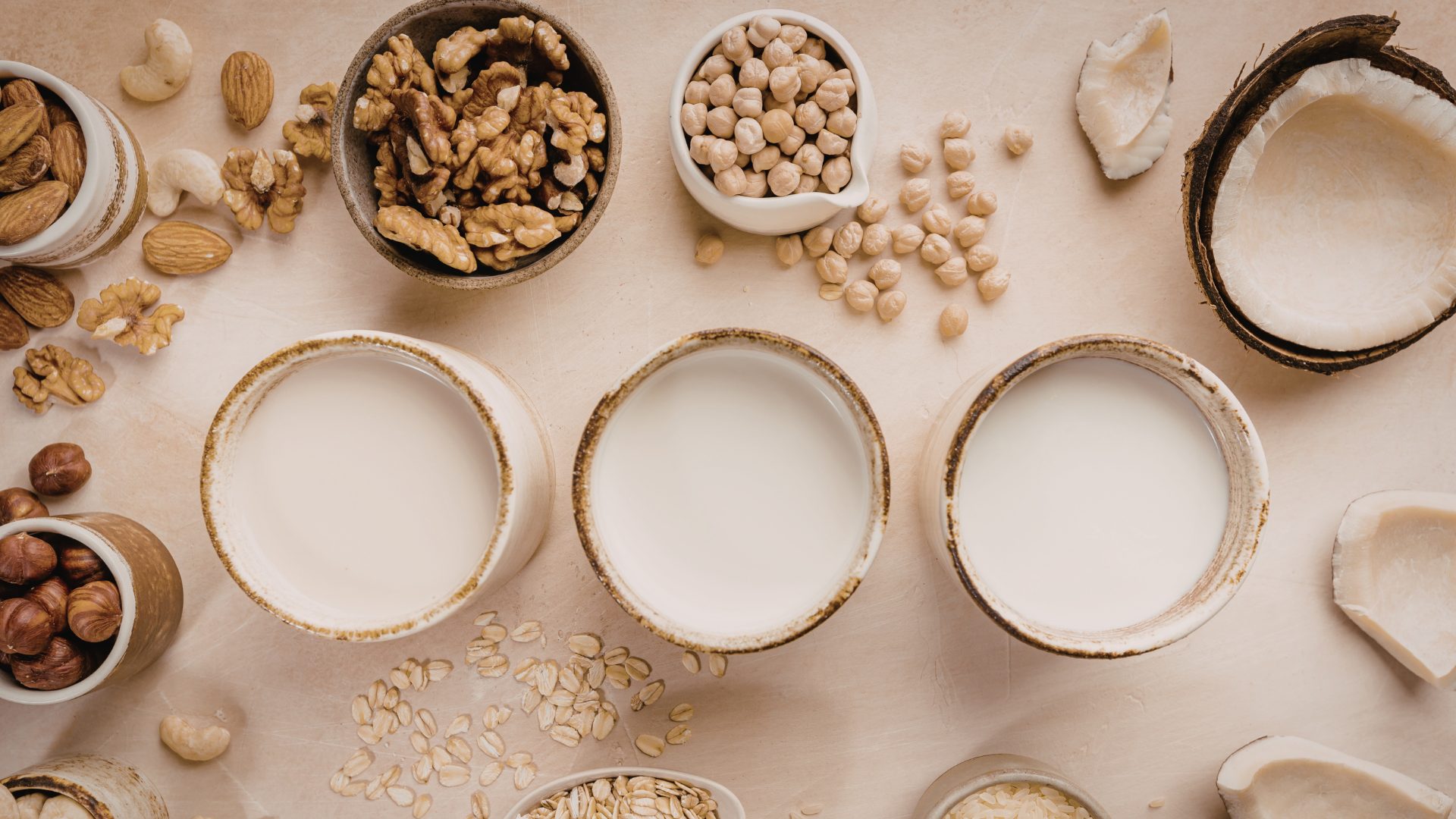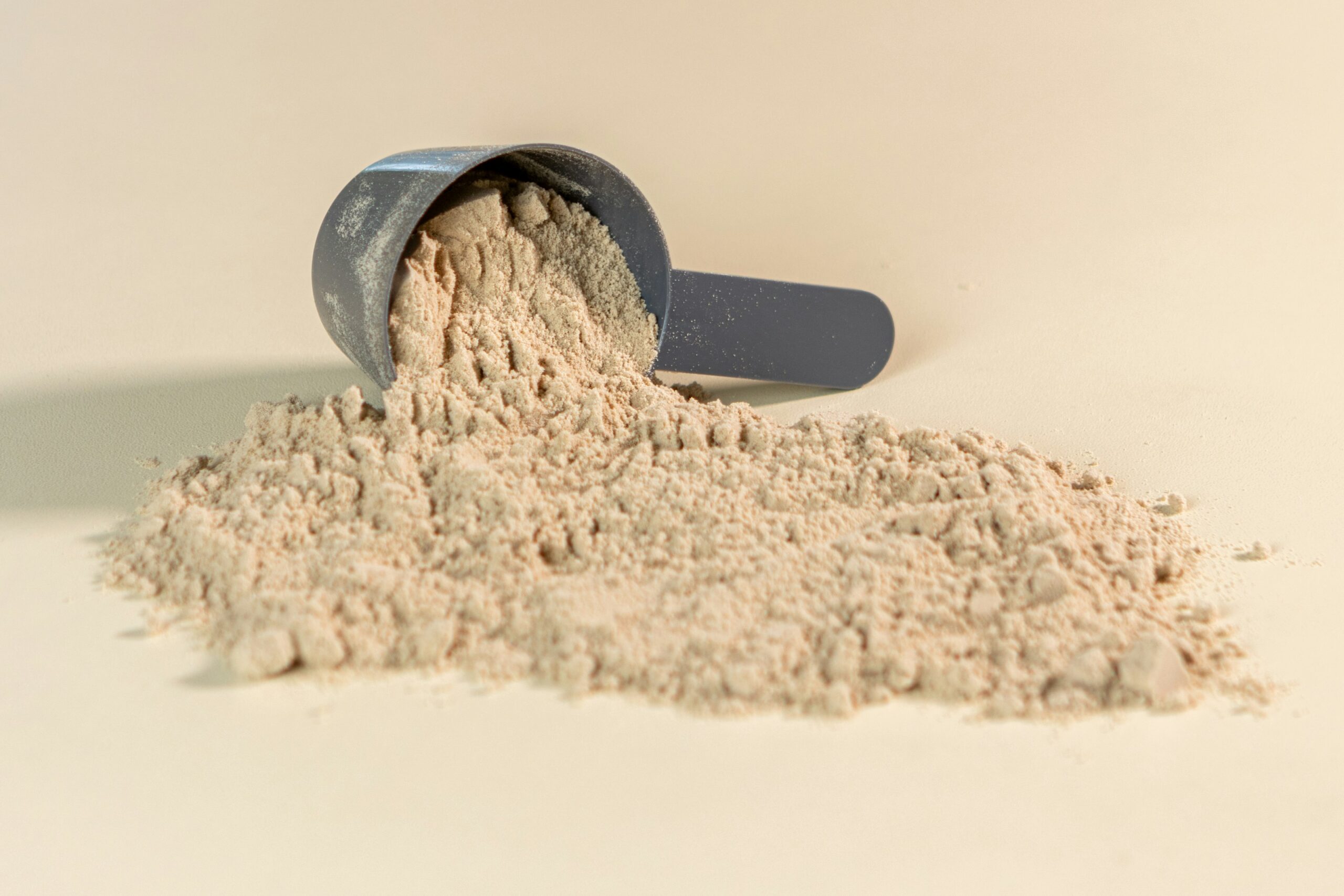I’ll never forget the aftermath of medaling at the Olympics in London.
Back in the summer of 2012, I was fortunate enough to be part of the U.S. cycling team that earned a silver medal at the Olympics. And, once we began walking to the podium, things really got wild. It was a media frenzy. It was loud and super intense. The Queen was there. Paul McCartney was there. I just remember thinking of all the people who helped me reach the Olympics – my teammates, my husband, my parents.
Another key factor that allowed me to reach the medal stand at nearly 40 years old: my diet.
You don’t achieve major life goals without taking care of your body – whether you’re training for the Olympics, training to run your first 5K, or simply trying to lose 20 pounds. You’ve got to get a full night’s sleep each evening. You’ve got to lift weights at least a couple times each week. You’ve got to eat color-rich foods three times a day.
When you train for the Olympics, you’re basically training, eating, training, eating, then sleeping. And then it repeats all over again. When you’re training for a major physical challenge like that, you need to be concerned with building strength – building muscles – and then building endurance.
So, during my days as an Olympic athlete, I was extremely focused on macronutrients, which are just carbohydrates, proteins, and fats and all the amino acids. I prefer a plant-based diet, so I consumed a lot of the following:
- tofu
- tempeh
- lentils
- edamame
- hemp seeds
- chia seeds
- ground flax seeds
- soy milk
- peanut butter
Tofu is totally underrated. It’s a staple of the diet in Asian countries, among some of the healthiest populations in the world, which have impressive statistics related to heart disease and arteriosclerosis. Their leading source of protein is the soybean. They eat a lot of tofu and tons of complex carbohydrates like rice. Despite what many Americans think, tofu can taste great if you prepare it and season it properly.
The cool thing about plants as opposed to animal foods is they’re filled with micronutrients, which help you recover and decrease inflammation.
I was an older athlete than my Olympic competitors or my teammates. I was 39 and a half when I stood on the Olympic medal stand, and our British competitors, for example, were all 18- or 19-year-olds. So, I really had to hone in and focus on repair and recovery. And, for me, a plant-based diet really helped speed that up.
For much of my life I ate meat. And, after nearly every meal I ate for 35 years, I wanted to take a nap. Now that I focus on eating plants, I never feel weighted down or lethargic. I still want sustained energy these days, so I don’t feel like I need a nap during the middle of a 3 p.m. meeting.
Whether you’re training for a marathon or just looking to lose weight, consistency with your diet is key. If you’re not consistent, it’s not going to happen. If you eat crappy foods, you’ll crave crappy foods like processed sugar, and that’s a bad combination.
I’m thrilled to be attending the Olympics in Paris later this month. I’ll be screaming “U-S-A” all day. It’ll bring back memories – of Paul McCartney, putting a silver medal around my neck, and thinking of the discipline it took to get me there.
I remain disciplined in my diet, because there’s a lot more milestones I plan to achieve in life.
Editor’s note: Dotsie Bausch is an Olympic silver medal-winning cyclist and the Executive Director and Founder of Switch4Good Inc.
The Food Institute Podcast
Tom Hamill, a food and beverage senior analyst for RSM US LLP, joined The Food Institute Podcast to recap the 2024 Summer Fancy Food Show. Hamill shares his thoughts on burgeoning trends from the show and how emerging specialty food brands can best navigate economic factors in the years to come.











